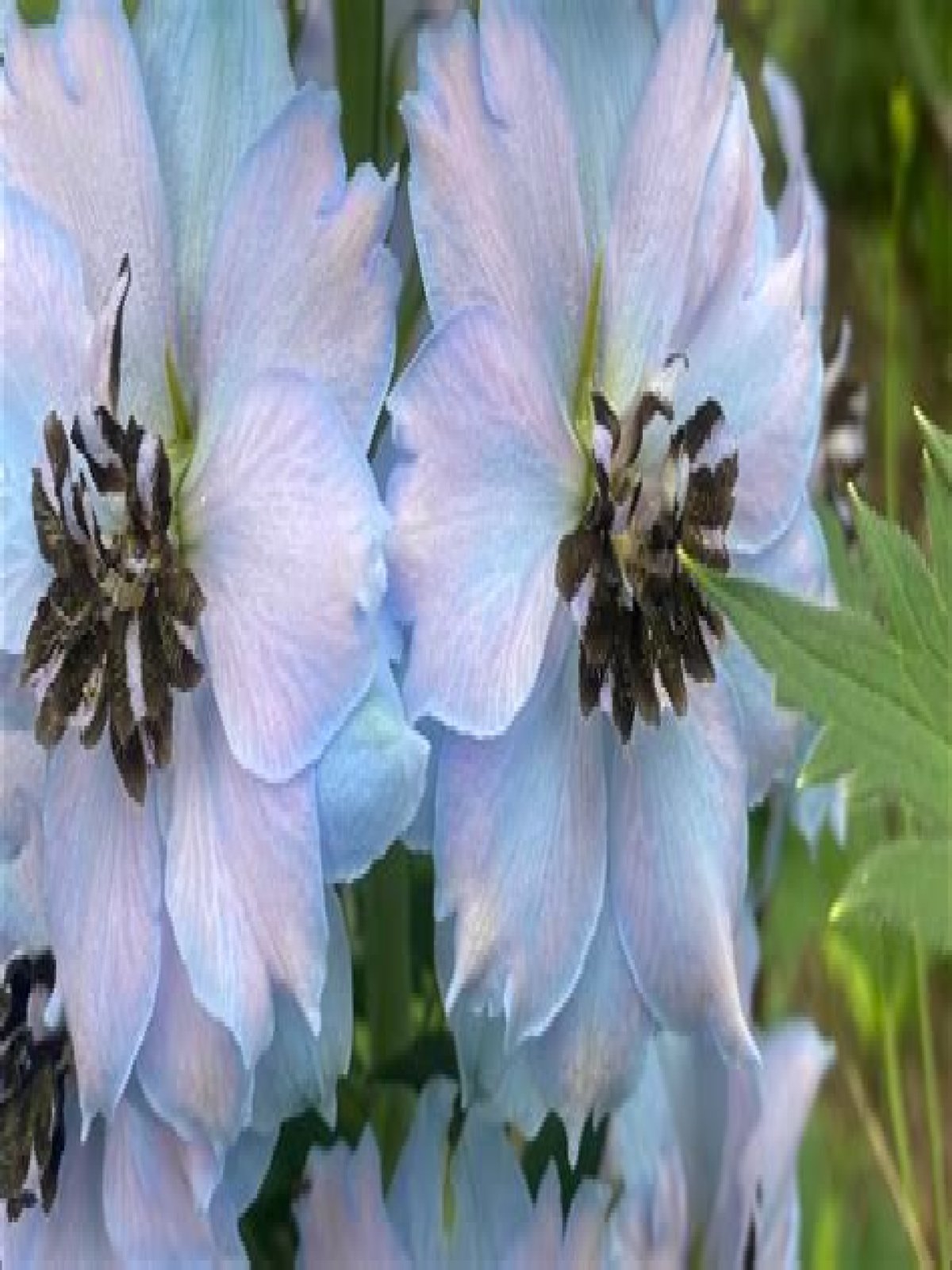Just so, why does my delphinium keep dying?
If Delphiniums don't come back and you're in the right zone for them it's usually because you let them "over bloom". Delphiniums are considered "high maintenance". They're not very smart in that a single plant will put out so many blooms they literally die from exhaustion.
One may also ask, how do you care for delphiniums? Caring for Delphinium
- Delphiniums require regular watering, specifically during the dry summer months.
- Apply a balanced liquid fertilizer every 2-3 weeks.
- Apply a thin layer of compost in the spring as well as a 2 in.
- Stake tall varieties, no later than mid-spring or when the plants reach 12 in.
- Thin shoots when 3 in.
Similarly one may ask, how do you get delphiniums to rebloom?
In growth, water all plants freely, applying a balanced liquid fertilizer every 2 to 3 weeks. Deadhead by cutting spent flower spikes back to small, flowering side shoots. After delphiniums have finished blooming, cut flower stalks to the ground, and new, though smaller, flower stalks will develop.
How many years do delphiniums last?
While delphiniums are spectacular plants, many are short-lived perennials. Most last only 2 or 3 years in the garden.
Do Delphiniums multiply?
When can I transplant delphiniums?
Why are my delphinium leaves turning brown?
When should I cut back delphiniums?
Do Delphiniums bloom every year?
Are delphiniums poisonous to dogs?
Can you move delphiniums?
How many times do Delphiniums bloom?
Are Larkspur cut and come again?
Are delphinium and larkspur the same?
What flowers go with delphiniums?
Plant them in cottage style flower beds with any of the previously mentioned plants above in addition to:
- Peony.
- Chrysanthemum.
- Aster.
- Iris.
- Daylily.
- Allium.
- Roses.
- Blazing star.
How much do delphiniums cost?
| Price | Price per stem | |
|---|---|---|
| 80 Stems | $124.99 | ( $1.56 per stem ) |
| 100 Stems | $144.99 | ( $1.45 per stem ) |
| 200 Stems | $244.99 | ( $1.22 per stem ) |
